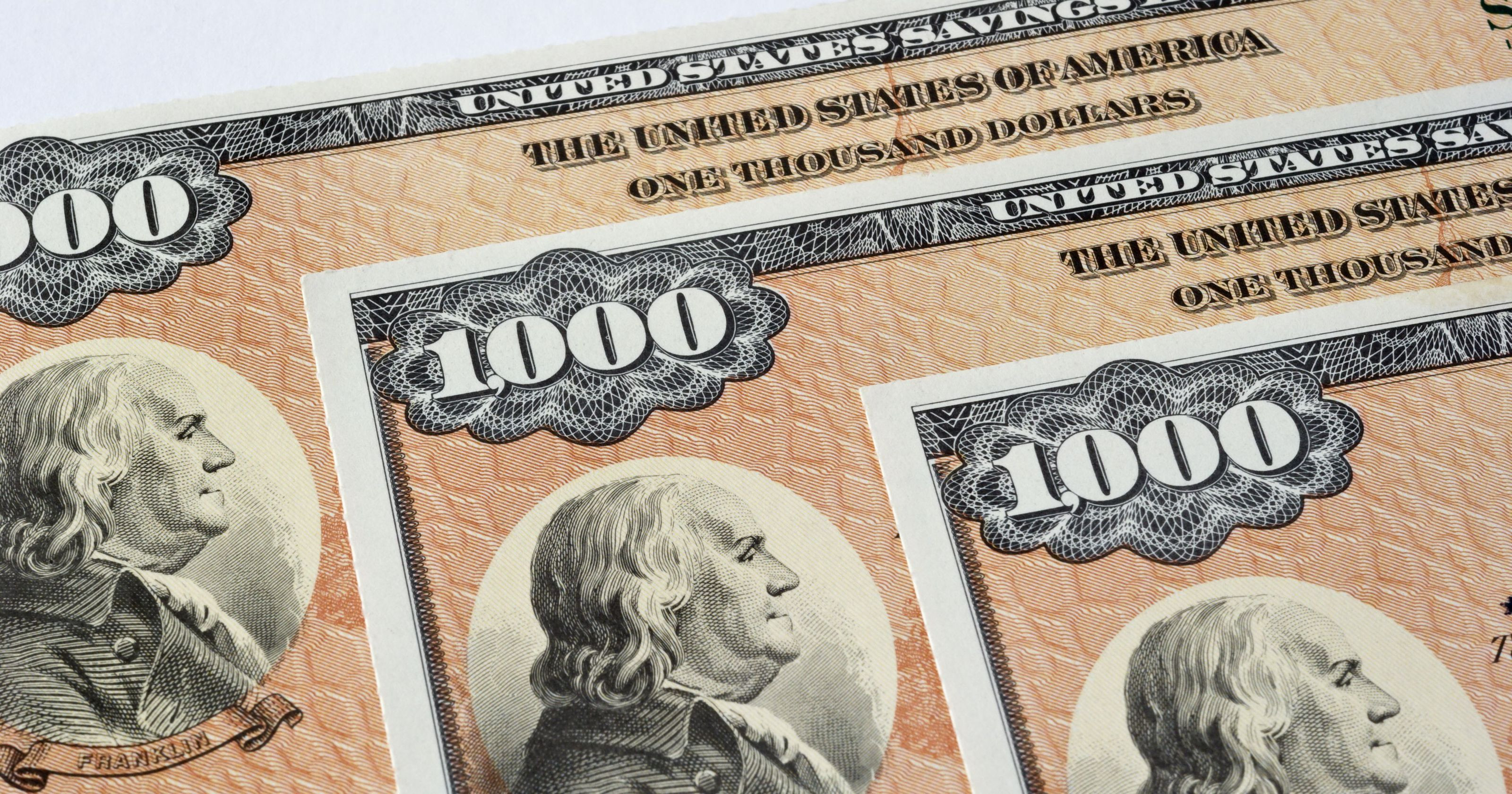The US Treasury auctioned $24 billion in coupon-bearing Treasuries this week, split between 20-year Treasury bonds and 30-year Treasury Inflation-Protected Securities (TIPS). The auction comes at a time when investors have been particularly bullish on duration. While the typical summer slowdown in liquidity may partly explain the sharp drop in direct demand, it's worth noting that primary markets have been particularly active, with $83 billion in investment-grade corporate bonds issued since the start of the month—a 20% increase from the same period last year. This surge in corporate issuance may have led investors to prioritize these deals over U.S. Treasury offerings, potentially diverting demand away from government bonds.
An additional $125 billion in 2-, 5-, and 7-year U.S. Treasury notes are set to mature by the end of the month, potentially boosting demand for next week’s issuances of similar maturities. However, uncertainty remains about whether investors will extend their portfolios' maturity at this week's 20-year auction, despite these bonds offering roughly 40 basis points more than 10-year Treasuries and 11 basis points more than 30-year bonds. The 20-year bond’s lower liquidity and lack of benchmark status compared to 10- and 30-year bonds make it generally less attractive to traders and investors. Additionally, it sits poorly on the yield curve, offering neither the ultra-long duration of the 30-year bonds nor the shorter duration and benchmark status of 10-year bonds. Additionally, the bonds might not be attractive even for foreign investors as currency hedged 20-year Treasuries are less appealing compared to European and Japanese sovereign alternatives.
Investors may also be closely monitoring political developments this week, particularly with Vice President Kamala Harris having just released her economic plan and set to speak at the Democratic National Committee (DNC) on Thursday. Early indications suggest that fiscal spending is unlikely to decrease post-Biden, and the populist policies proposed by both democratic and republican candidates could sustain inflationary pressures at elevated levels for an extended period. This outlook may prompt investors to avoid duration risk, especially when that risk is associated with less liquid segments of the yield curve.
Demand at Lower Yields
The most recent sale of 20s was at 4.46% and we will surely crack that with the on-the-run issue trading at 4.16%. Bonds were bid ahead of the sale but there was a small concession in the 15 minutes beforehand. That put the market in a good spot as there is no real surprise here. In the bigger picture though, it shows real demand at yields much lower than last month.
Looking Forward: The 30-Year TIPS Auction
Demand at the upcoming 30-year TIPS auction will also be closely watched, as strong interest could signal concerns that inflation may stay elevated over the long term. The yield on the 30-year TIPS is currently around 2%, which is still one the highest in over fifteen years, offering substantial inflation protection in the event of future price increases. However, it's important to consider that if investors anticipate a significant economic slowdown and an aggressive interest rate cutting cycle by the Federal Reserve, they might avoid this auction. In such a scenario, nominal long-term Treasuries would be a more attractive option.
The Fed's Next Move: Jackson Hole and Beyond
This week’s Treasury auctions come at a critical juncture for bond markets. Several Federal Reserve officials have signaled a willingness to consider rate cuts at the September FOMC meeting, with bond futures pricing in the possibility of a 33 basis point cut next month and up to 100 basis points in cuts by the end of the year. Markets are eagerly awaiting Powell’s speech at Jackson Hole on Friday to gauge whether a larger 50 basis point rate cut might be on the table. As a result, even if the 20-year U.S. Treasury auction performs better or worse than expected, significant price swings are unlikely ahead of Powell’s remarks.
Yield Curve Analysis: A Cautious Outlook
Ten-year yields have risen from their August 5th low of 3.66% to around 3.9%. If yields break below the 3.8% support level, they could potentially retest their recent lows.
Conclusion: A Sign of the Times
The US Treasury's recent auction of 20-year bonds is a clear sign of the current market sentiment. Investors are seeking yield, but they are also cautious about the future. With a potential recession looming and the Fed signaling a possible rate cut, investors are looking for safe haven assets that offer some protection from inflation. The outcome of the 20-year bond auction and the upcoming 30-year TIPS auction will give investors a clearer picture of the market's direction in the coming months.

















